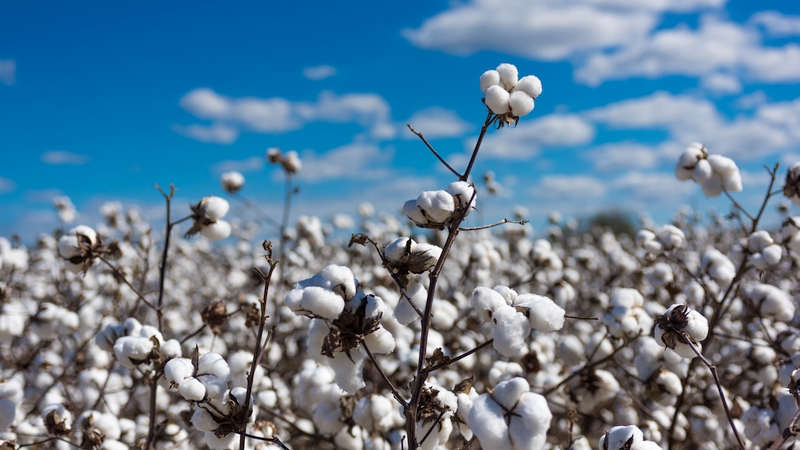Texas Expected to Harvest 4.9 Million Bales
Associated Press
West Texas cotton producer Steve Smith continued to harvest Wednesday, happy that the weather on this end of the growing season is far better than its beginning.
A cool September gave way to perfect harvesting weather, with little rain last month to keep producers out of fields. Planting in late May and into June was hampered due to lack of soil moisture.
“We had a rocky start,” said Smith, 36, whose acres got rain in time. “I feel very fortunate to have what we have.”
Statewide, Texas cotton producers overcame dry conditions and are expected to harvest 10 percent more of the fluffy fiber than last year.
Estimates released earlier this week by the U.S. Department of Agriculture show that the nation’s leading cotton-growing state will produce 4.9 million bales, up from the 4.4 million bales in 2008. If realized, Texas producers will account for 39 percent of the nation’s harvest.
U.S. producers are forecast to harvest 12.5 million bales, the smallest crop in 20 years.
Wet conditions in Arkansas, Louisiana, and Mississippi, Tennessee and Missouri are delaying harvesting, while growers in Georgia, North Carolina, and Oklahoma are expecting record per-acre production.
South Texas growers lost nearly all of their crop as they battled the worst drought in more than 50 years. Areas of south Texas remained in the two worst drought categories for months earlier this year, bringing $3.6 billion in crop and livestock losses going back to late last year.
The region around Corpus Christi harvested only 20,000 bales of cotton. Last year, the region harvested 260,000 bales.
“It never did rain there, and when it did, it didn’t stop,” said Roger Haldenby, a spokesman for the Plains Cotton Growers, which serves the 41-county region on the South Plains of West Texas that is the world’s largest contiguous growing patch.
The South Plains was on track to harvest 3.69 million bales, up 26 percent from last year’s 2.9 million bales.
Of the 3.3 million acres planted, only 2.5 million will be harvested. Two-thirds of the 750,000 acres failed or never emerged because they were planted with cotton varieties that rely solely on rainfall to grow. The other third was damaged by hail.









